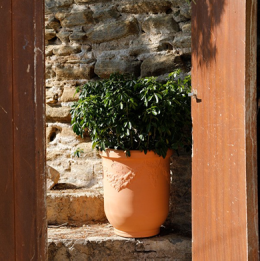Learn how to best pot your plant to ensure both the plant and the pot have good drainage. How should I maintain my...
- Menu
-
Factory
Since 1803, Poterie Ravel has been part of a French ornamental garden tradition.
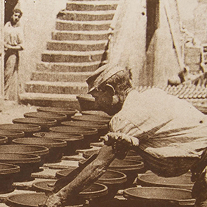 In the shade of an olive tree or in the coolness of old walls, you will take the time to discover true craftsmanship...
In the shade of an olive tree or in the coolness of old walls, you will take the time to discover true craftsmanship...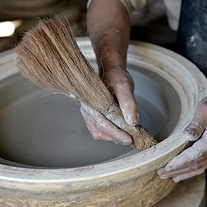 We walk through it discovering the entire production of the House: garden vases and dishes.
We walk through it discovering the entire production of the House: garden vases and dishes.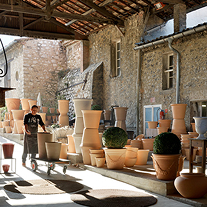 Free workshop tours.
Free workshop tours.
Thursday at 10 am without appointment.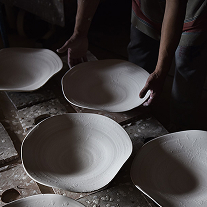 When you arrive at the Factory, it's like being in a small village. You meet the potter, the kiln loaders, or the molders.
When you arrive at the Factory, it's like being in a small village. You meet the potter, the kiln loaders, or the molders.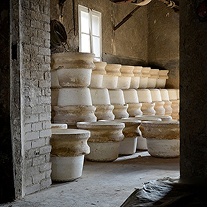
-
Collections
Pots ranging from 20 to 120 cm in height, that adapt to your style and needs.
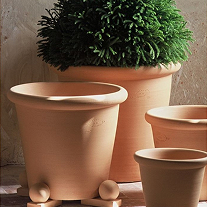 Traditional jars ranging from 20 to 80 cm in height, adapting to your needs.
Traditional jars ranging from 20 to 80 cm in height, adapting to your needs.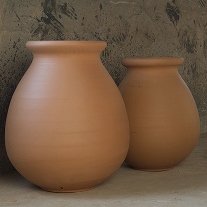 Basins with or without holes for your plants or pond.
Basins with or without holes for your plants or pond.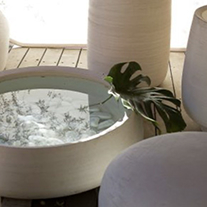 Collections designed by designers such as: Tristan Auer, India Mahdavi, Olivier Gagnère, and Jean-Marie Massaud.
Collections designed by designers such as: Tristan Auer, India Mahdavi, Olivier Gagnère, and Jean-Marie Massaud.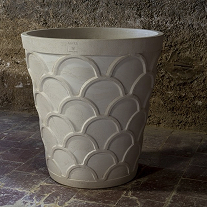 Give the gift of craftsmanship with a gift card.
Give the gift of craftsmanship with a gift card. Come and discover a wider selection of products on site: dishware, unique pieces, artist residency.
Come and discover a wider selection of products on site: dishware, unique pieces, artist residency.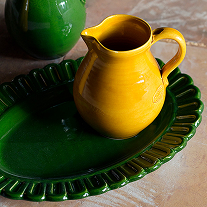 Discover all our collections.
Discover all our collections.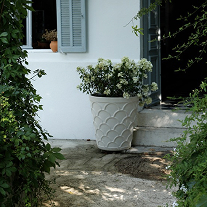
-
Blush by Ravel
Encounters with big names and artist residencies encourage boldness...
Petit H - HERMES
Debeaulieu
Kirsch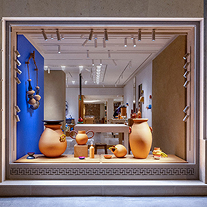 Christian Lacroix
Christian Lacroix
Gérard Traquandi
India Mahdavi
Matthieu Cossé
Claire Basler
Pierre Marie
Robin Leforestier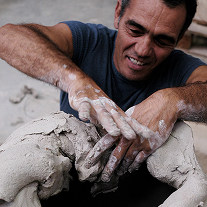 Discover all our collaborations with various artists, creators, or brands.
Discover all our collaborations with various artists, creators, or brands.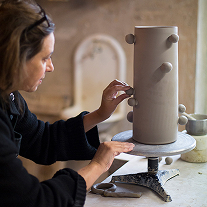
-
The newspaper
Advice for your pots, plants, and layouts
Advice on planting & Maintaining your pottery.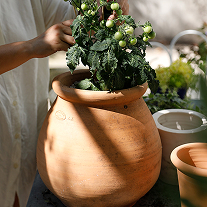 Arrange your garden, terrace, or balcony
Arrange your garden, terrace, or balcony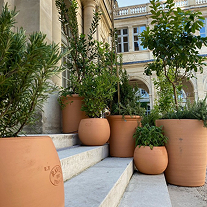 Find answers to all your questions.
Find answers to all your questions.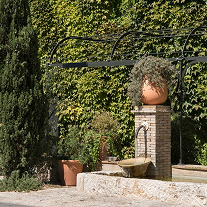 Find all our advice and answers to your questions.
Find all our advice and answers to your questions.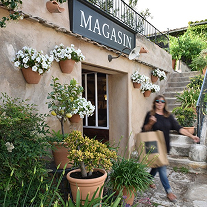
-
Pro Space
Professional space
This secure area is entirely reserved for you, and allows you to submit your online quote requests in just a few clicks. Access our entire product catalog and make your selection. You will also find in the download area all the pots from our catalog cut out on a white background in JPEG format for your presentations and perspectives.
-
My accountCreate an account
By creating an account, you will benefit from the following advantages:
- Manage your account information
- Access your order history
- Make a return request easily
- Order faster with your saved information
-
Pro Space
Professional space
This secure area is entirely reserved for you, and allows you to submit your online quote requests in just a few clicks. Access our entire product catalog and make your selection. You will also find in the download area all the pots from our catalog cut out on a white background in JPEG format for your presentations and perspectives.
-
My accountCreate an account
By creating an account, you will benefit from the following advantages:
- Manage your account information
- Access your order history
- Make a return request easily
- Order faster with your saved information
Potted Olive Tree: Care Tips for Its Well-being
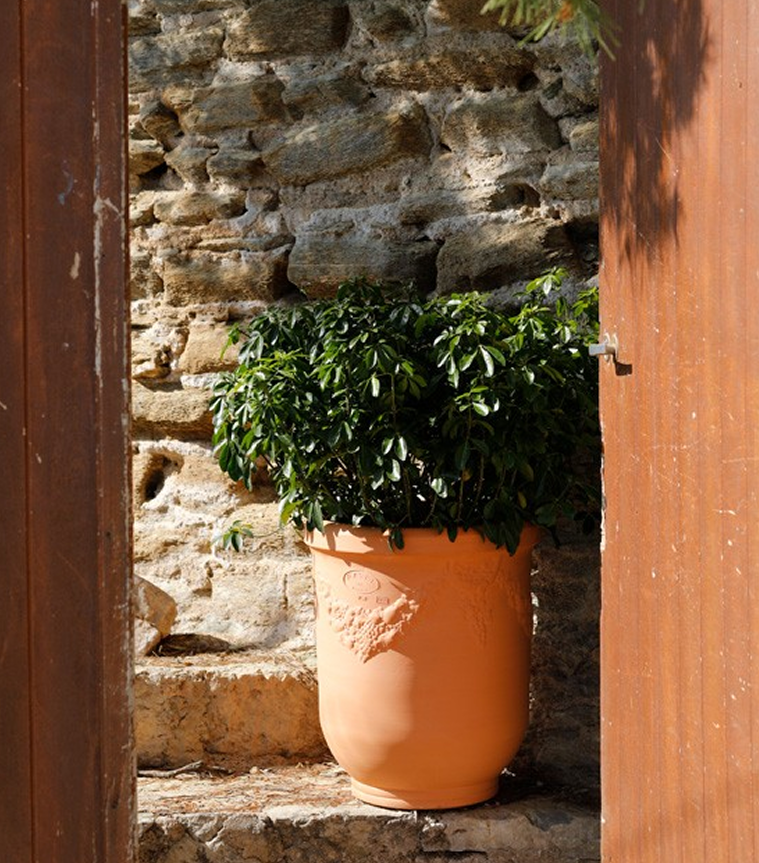
Symbol of longevity, light, and peace, the olive tree is an emblematic plant of the Mediterranean. In a pot, it can live for many years, provided that a few simple principles are respected. Here are our tips for planting it in a pot, considering that it appreciates dry soils.
The right pot: choose a terracotta container, pierced at the bottom to ensure good drainage. The models Cycas Lisse, Camellia, Rinceaux, Laurel or Jac are particularly suitable: stable, deep, and breathable. Opt for a pot with a diameter greater than 50 cm for a young tree.
The substrate: use a draining mix, composed mostly of garden soil, potting soil, and sand. Place a layer of clay pebbles or gravel at the bottom of the pot to prevent excess water.
Exposure: the olive tree loves full sun. Place it in a well-exposed spot, sheltered from cold winds. In winter, it can withstand frost down to -5/-8°C, but in a pot, its roots are more vulnerable: protect them with a winter fleece or bring the pot indoors if necessary.
Watering: moderate! Water every 10 to 15 days in summer (more if it's very hot), almost none in winter. Allow the soil to dry well between waterings.
Pruning: light, once a year in spring. Remove dead wood and thin out the center of the tree.
Fertilizer: in spring and summer, an application of organic fertilizer will promote good growth.
Citrus in pots: tips for keeping them healthy
Growing a citrus in a pot is like bringing the freshness of the South, winter scents, and the beauty of shiny foliage into your daily life. Lemon tree, orange tree, kumquat, or calamondin... all citrus like being grown in pots, provided that a few essential rules are followed.
The right pot: choose a pot in natural terracotta, which promotes root aeration. The Pot Cycas Lisse, the Pot Laurel, the Jasmine collection or Rinceaux which give an Italian flair, are perfect for their stability and nice depth. Plan for a diameter of at least 45 to 60 cm, and especially, a drainage hole at the bottom.
The substrate: citrus are demanding. Use a specific "citrus" mix or make your own: rich potting soil, light garden soil, sand, and well-ripened compost. Always place a draining layer (gravel, clay pebbles) at the bottom.
Exposure: citrus love full sun and warmth, sheltered from drafts. Ideally, a south or southeast-facing terrace. In winter, protect them from frost (a light frost-free shelter or winter fleece if the temperature drops below 0°C).
Watering: regular in summer (twice a week), reduced in winter. The soil should remain slightly moist but never soggy. Always empty the saucer after watering.
Pruning: prune lightly after fruiting to maintain a balanced shape. Remove dead wood and crossing branches.
Fertilizer: from March to September, a special citrus fertilizer every 15 days will promote blooming and fruiting.
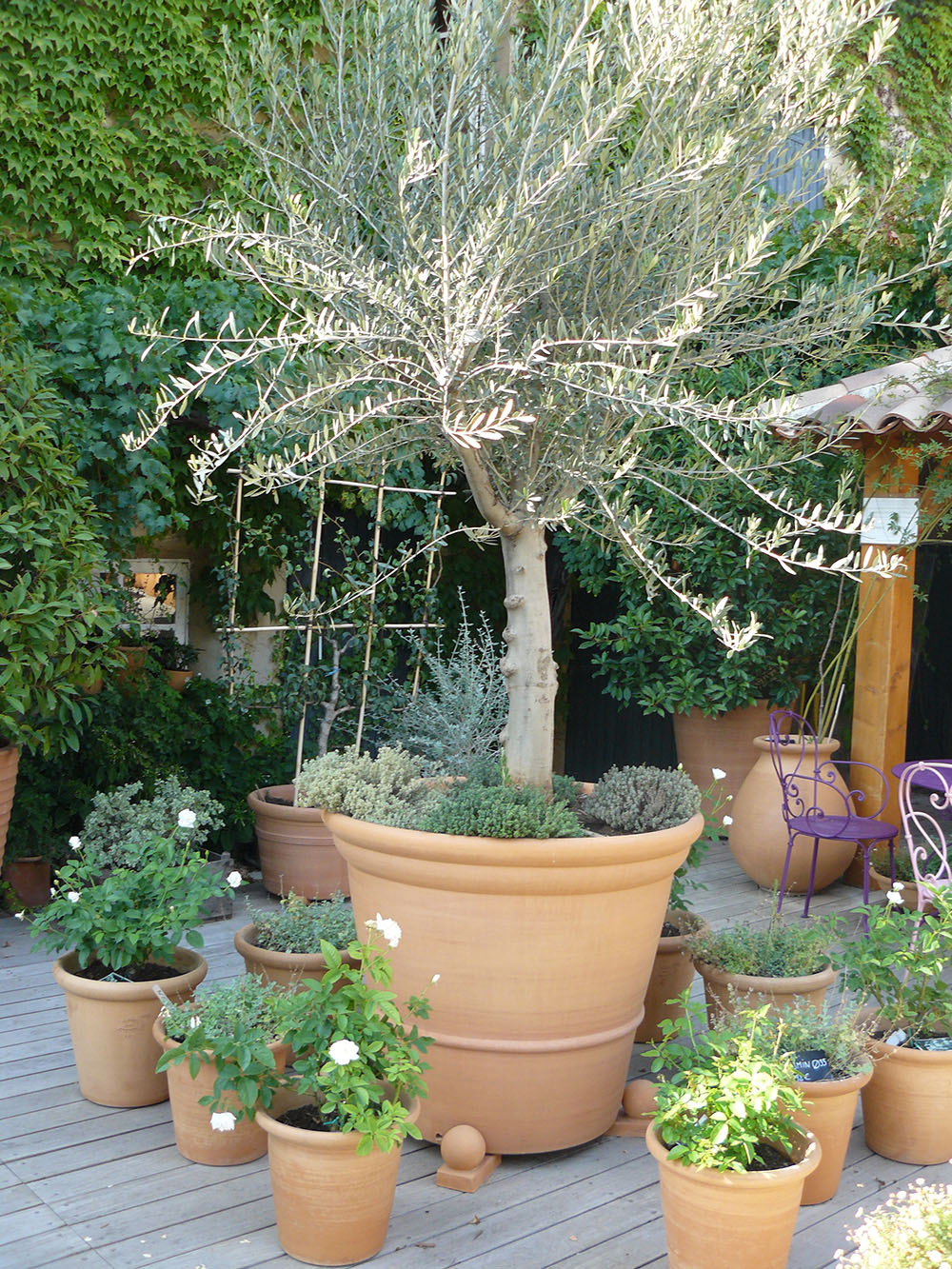
Other articles
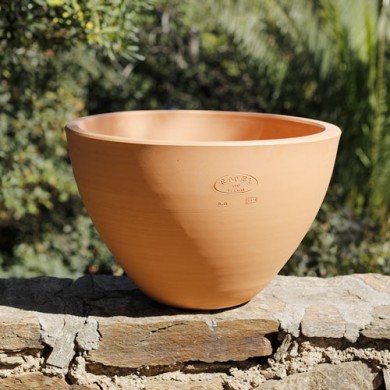
Choosing an enameled pot or a natural clay one?
When choosing a pot, shape and size matter... but the choice of finish is just as important.

Why choose handmade artisanal poterie made in France?
Choosing handmade pottery is much more than just a decorative purchase: it is an act of meaning, taste and transmission.
DESIGNER COLLECTIONS
Collections designed by designers such as: Tristan Auer, India Mahdavi, Olivier Gagnère, or Jean-Marie Massaud.
ONLY ON SITE
Come and discover on site a wider selection of products: dishware, unique pieces, artist residency.
OUR COLLECTIONS

